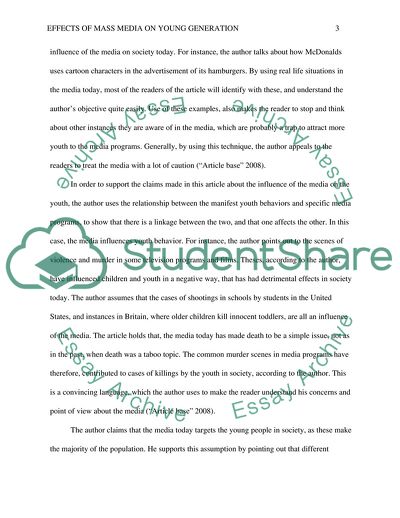Cite this document
(Effects of Mass Media on Young Generation Article Example | Topics and Well Written Essays - 1750 words, n.d.)
Effects of Mass Media on Young Generation Article Example | Topics and Well Written Essays - 1750 words. https://studentshare.org/media/1793768-textual-analysis-essay
Effects of Mass Media on Young Generation Article Example | Topics and Well Written Essays - 1750 words. https://studentshare.org/media/1793768-textual-analysis-essay
(Effects of Mass Media on Young Generation Article Example | Topics and Well Written Essays - 1750 Words)
Effects of Mass Media on Young Generation Article Example | Topics and Well Written Essays - 1750 Words. https://studentshare.org/media/1793768-textual-analysis-essay.
Effects of Mass Media on Young Generation Article Example | Topics and Well Written Essays - 1750 Words. https://studentshare.org/media/1793768-textual-analysis-essay.
“Effects of Mass Media on Young Generation Article Example | Topics and Well Written Essays - 1750 Words”. https://studentshare.org/media/1793768-textual-analysis-essay.


